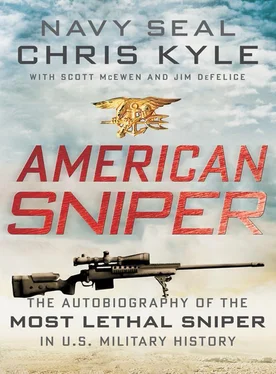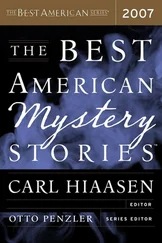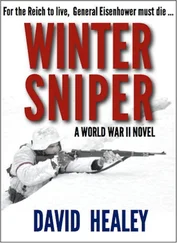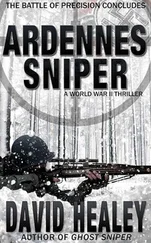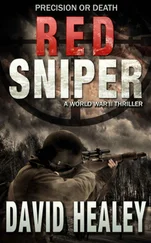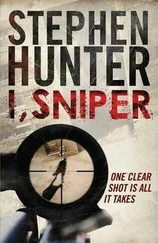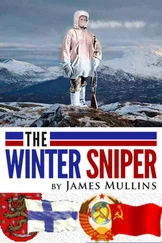Besides my Cadillac cap, I had another favorite—a cap from a New York fire company that had lost some of its men during 9/11. My dad had gotten it for me during a visit, after the attacks, to the “Lions Den,” a historic city firehouse. There he met members of Engine 23; when the firemen heard that his son was going to war, they insisted he take the hat.
“Just tell him to get some payback,” they said.
If they’re reading this, I hope they know that I did.
On my wrist, I’d wear a G-Shock watch. The black watch and its rubber wristband have replaced Rolex Submariners as standard SEAL equipment. (A friend of mine, who thought it was a shame the tradition died, recently got me one. I still feel a little strange wearing a Rolex, but it is a throwback to the frogmen who came before me.)
In cool weather, I brought a personal jacket to wear—a North Face—because, believe it or not, I had trouble convincing the supply mafia to issue me cold-weather gear. But that’s a rant for a different day.
Iwould stick my M-4 and ten mags (three hundred rounds) in the front compartments of my web gear. I would also have my radio, some lights, and my strobe in those pockets. (The strobe can be used at night for rendezvousing with other units or aircraft, ships, boats, whatever. It also can be used to identify friendly troops.)
If I had one of my sniper rifles with me, I would have some two hundred rounds in my backpack. When I carried the Mk-11 instead of the Win Mag or .338, then I wouldn’t bother carrying the M-4. In that case, the sniper rounds would be in my web gear, closer at hand. Rounding out my ammo were three mags for my pistol.
I wore Merrill high-top hiking boots. They were comfortable and held up to the deployment.
About a month into my tour with the GROM, I was woken by a shake on my shoulder.
I jumped upright in bed, ready to deck whoever had snuck into my quarters.
“Hey, hey, it’s cool,” said the lieutenant commander who’d woken me. He was a SEAL, and my boss. “I need you to get dressed and come to my office.”
“Yes, sir,” I mumbled. I pulled on a pair of shorts and my flip-flops and went down the hall.
I thought I was in trouble, though I wasn’t sure what for. I’d been on good behavior working with the Poles, no fights to speak of. I searched my mind as I walked toward his office, trying to prepare a defense. My mind was still fairly blank when I got there.
“Kyle, I’m going to need you to get your sniper rifle and pack up all your gear,” the lieutenant commander told me. “You’re going to Fallujah.”
He started telling me about some of the arrangements and threw in some operational details. The Marines were planning a big push, and they needed snipers to help out.
Man, this is going to be good, I thought. We are going to kill massive amounts of bad guys. And I’m going to be in the middle of it.
From a historical point of view, there were two battles for Fallujah. The first took place in the spring, as I’ve mentioned before. Political considerations, mostly driven by wildly distorted media reports and a lot of Arab propaganda, caused the Marines to back off their offensive soon after it was begun, and well before it achieved its aim of kicking the insurgents out of the city. In place of the Marines, Iraqis loyal to the interim government were supposed to take control and run the city.
That didn’t work. Pretty much the moment the Marines pulled back, the insurgents completely took over Fallujah. Civilians who were not connected with the insurgency were killed, or fled the city. Anyone who wanted peace—anyone with any sense—left as soon as they could, or ended up dead.
Al-Anabar Province, the area that contained the city, was studded with insurgents of various forms. A lot were Iraqi mujahedeen, but there were also plenty of foreign nationals who were members of “al-Qaeda in Iraq” or other radical groups. The head of al-Qaeda in Iraq, Sheikh Abdullah al-Janabi—had his headquarters in the city. A Jordanian who had fought with Osama bin Laden in Afghanistan, he was committed to killing Americans. (Despite numerous reports to the contrary, as far as is known, Sheikh Abdullah al-Janabi escaped from Fallujah and is still at large.)
The insurgents were one-part terrorists, another-part criminal gangs. They would plant IEDs, kidnap officials and their families, attack American convoys, kill Iraqis who didn’t share their faith or politics—anything and everything they could think of. Fallujah had become their safe haven, an anti-capital of Iraq dedicated to overthrowing the interim government and preventing free elections.
Al-Anabar Province and, more specifically, the general area around Fallujah became known through the media as the Sunni Triangle. That’s a very, very rough approximation both of the area—contained between Baghdad, Ramadi, and Baqubah—and the ethnic composition.
(Some background on Islam in Iraq: There were two main groups of Muslims in Iraq, Sunnis and Shiites. Before the war, Shiites lived mostly in the south and east, say from Baghdad to the borders, and Sunnis dominated around Baghdad and to the northwest. The two groups coexisted but generally hated each other. While Shiites were the majority, during Saddam’s time they were discriminated against and not allowed to hold important offices. Farther north, the areas are dominated by Kurds, who, though mostly Sunni, have separate traditions and often don’t think of themselves as being part of Iraq. Saddam considered them to be an inferior people; during one political suppression, he ordered chemical weapons used and waged a despicable ethnic-cleansing campaign.)
While using Fallujah as a base to attack the surrounding area and Baghdad, the insurgents spent considerable time fortifying the city so they could withstand another attack. They stockpiled ammo and weapons, prepared IEDs, and fortified houses. Mines were planted, and roads closed off so they could be used for ambushes. “Rat holes” were created in compound walls, allowing insurgents to move from one house to another, avoiding streets. Many if not all of the two hundred mosques in the city became fortified bunkers, since the insurgents knew that Americans respected houses of worship as sacred and therefore were reluctant to attack there. A hospital was turned into an insurgent headquarters and used as a base of operations for the insurgents’ propaganda machine. In sum, the city was a terrorist fortress by the summer of 2004.
In fact, the insurgents were confident enough to regularly launch rocket attacks against U.S. bases in the area and ambush convoys moving on the main roads. Finally, the American command decided that enough was enough—Fallujah had to be retaken.
The plan they drew up was called Phantom Fury. The city would be cut off so that enemy supplies and reinforcements could no longer get in. The insurgents in Fallujah would be rooted out and destroyed.
While Marines from the First Marine Division made up the backbone of the attack force, all of the other services added key pieces. SEAL snipers were integrated with small Marine assault groups, providing overwatch and performing traditional sniper missions.
The Marines spent several weeks getting ready for the assault, launching a variety of operations to throw the insurgents off-balance. The bad guys knew something was coming; they just didn’t know where and when. The eastern side of the city was heavily fortified, and the enemy probably thought that’s where the attack would be launched.
Instead, the attack would come from the northwest and roll down into the heart of the city. That’s where I was headed.
Читать дальше
